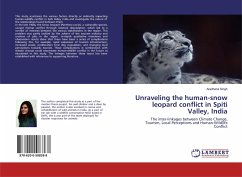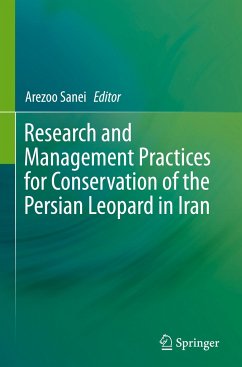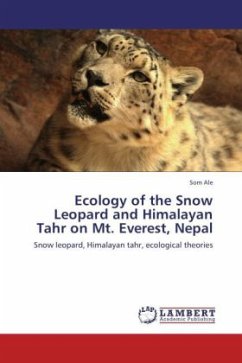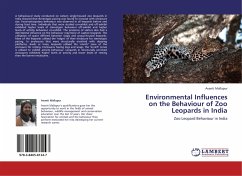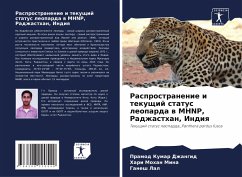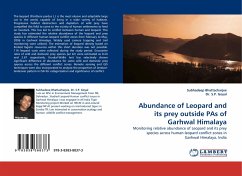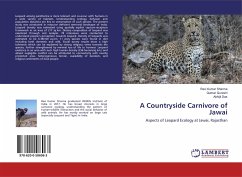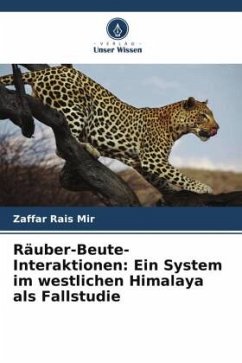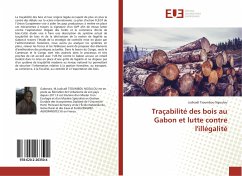
The conservation biology of the leopard (Panthera pardus) in Gabon
Status, threats and strategies for conservation
Versandkostenfrei!
Versandfertig in 6-10 Tagen
53,90 €
inkl. MwSt.

PAYBACK Punkte
0 °P sammeln!
The leopard (Panthera pardus) is the most abundant large felid in Africa, and tropical forests comprise a large part of its African range. The forests of the Congo Basin in particular have long been considered an important stronghold for this felid. However, baseline knowledge of leopard ecology in this habitat and responses to the bushmeat crisis in this region remain largely unknown. In the present study the author collected leopard scats and camera trap data in four rainforest sites in central Gabon, which were exposed to varying levels of bushmeat exploitation. Camera trap data was analyze...
The leopard (Panthera pardus) is the most abundant large felid in Africa, and tropical forests comprise a large part of its African range. The forests of the Congo Basin in particular have long been considered an important stronghold for this felid. However, baseline knowledge of leopard ecology in this habitat and responses to the bushmeat crisis in this region remain largely unknown. In the present study the author collected leopard scats and camera trap data in four rainforest sites in central Gabon, which were exposed to varying levels of bushmeat exploitation. Camera trap data was analyzed using capture-recapture models to estimate leopard densities, and occupancy modelling was employed to investigate the factors affecting leopard distribution. Bushmeat hunting intensity was highest in the vicinity of settlements, and mean leopard prey weight and leopard population density increased with distance from settlements. Occupancy modelling revealed that leopard use of an area increased with prey abundance and distance from settlements. A basic geographic leopard population model is presented which identifies priority areas for leopard conservation in the Congo Basin.



